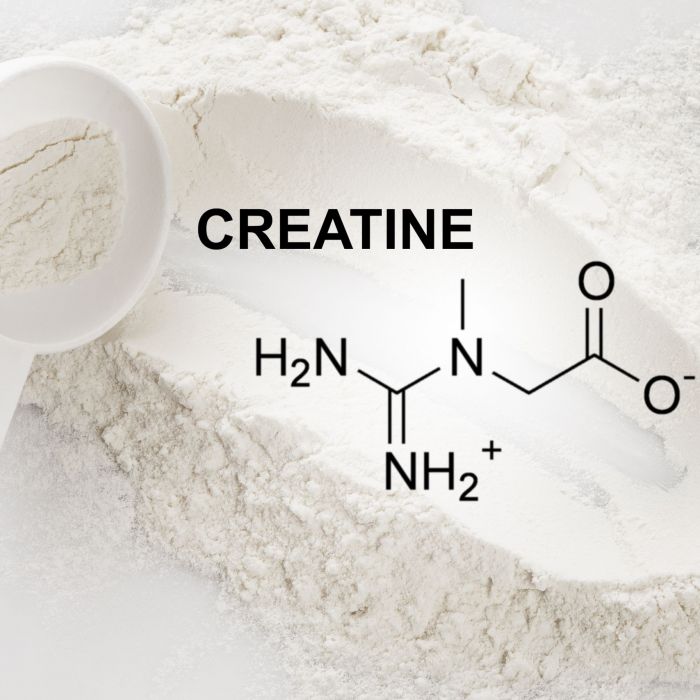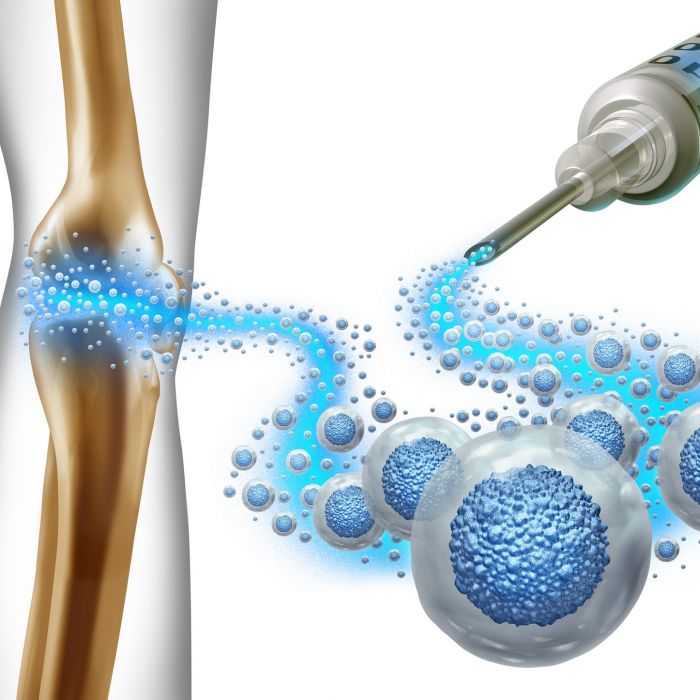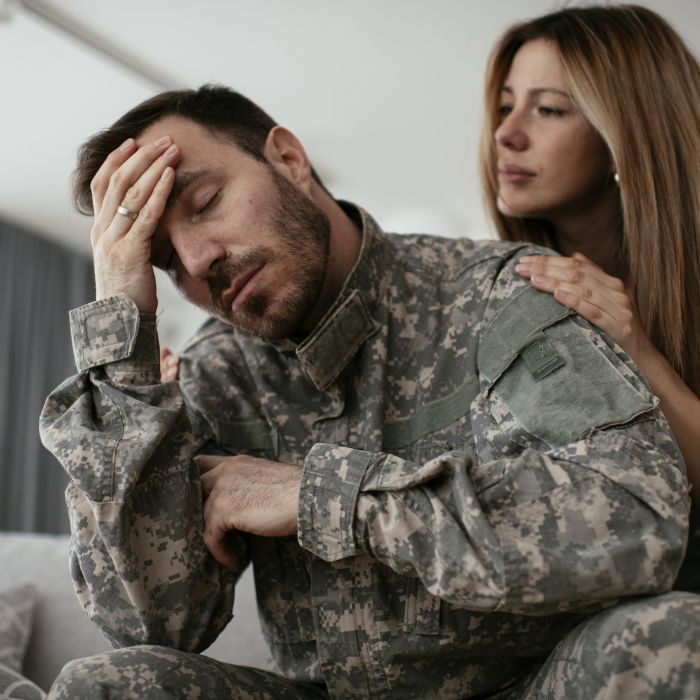PTSD and Our Fight or Flight Response
Ever wonder why your heart races during a scary movie? It is all part of our body’s hardwired “fight or flight” response, set off by the amygdala in our brain. But imagine if that alarm never turned off. Welcome to post traumatic stress disorder – PTSD – where everyday stimuli can trigger intense fear reaction.
PTSD (also known as PTSI, or post traumatic stress injury) is a serious mental health condition that can develop after exposure to or witnessing of an event deemed traumatic. From natural disasters to physical assault to warfare, the triggers for this disorder are diverse. According to the Diagnostic and Statistical Manual of Mental Disorders common reactions include flashbacks, nightmares about the traumatic event happening again, feeling detached from others due to distressing memories, and having angry outbursts when easily startled.
The prevalence rate of developing PTSD varies among individuals exposed differently with women being twice as likely as men at risk; approximately 3.5 percent U.S adults every year develop it while an estimated one in eleven people will be diagnosed with it during their lifetime according to stats compiled by National Institute on Mental Health (NIMH).
Common Reactions to Trauma and Development of PTSD
In response to trauma, our bodies trigger a “fight or flight” reaction designed for survival. But sometimes this response gets stuck in overdrive leading towards post-traumatic stress disorder symptoms like intrusive memories and negative thoughts which disrupt daily life significantly.
Symptoms start within three months following exposure but sometimes might delay years until they surface up causing memory problems because of intense fear relived through vivid recurring nightmares followed by avoiding reminders linked with traumatic events experienced previously culminating into loss interest over enjoyable activities besides trouble sleeping coupled along chronic irritability alongside emotional numbness giving rise towards overwhelming guilt feelings besides difficulties in concentrating.
Detecting signs early could lead professional treatment starting sooner thereby reducing symptoms intensity quicker helping those affected return to normalcy faster. If you or someone close to you has these indications, don’t wait to seek aid from a psychological health specialist right away. Support groups can provide invaluable assistance and resources during this challenging time.

The Body’s “Fight or Flight” Response
The “fight or flight” response is a physiological reaction that is hardwired into our body’s systems, ready to respond when we sense danger. Your body undergoes various changes during this response. Your adrenaline spikes, pumping more blood to muscles and critical organs. Breathing accelerates for increased oxygen supply while senses become hyper-alert.
This whole process gets kick-started by an almond-shaped part of your brain called the amygdala – kind of like flipping on a panic switch. The Amygdala, is responsible for processing emotions and fear-related memories. When it detects potential threats, it fires up the fight-or-flight system instantly. It does not wait around for confirmation; better safe than sorry.
In fact, research suggests that individuals with an overactive amygdala might be more prone to anxiety disorders due to their heightened threat perception – they are always prepared for worst-case scenarios.
Additionally, the adrenal gland plays a pivotal role in regulating the fight or flight response by releasing the hormone cortisol in response to stress or danger. Cortisol mobilizes energy reserves, increases heart rate, and enhances alertness, preparing the body to respond swiftly and effectively to perceived threats. Men and women suffering from PTSD also frequently have an imbalance of hormones including cortisol, compounding the negative symptoms experienced.
Chronic Stress: A Constant State of Alertness
Fight or flight evolved as a survival mechanism but becomes problematic when triggered frequently. Chronic stress keeps us stuck in this alert mode leading to health issues such as hypertension and weakened immunity because our bodies aren’t designed for constant combat readiness. In cases of PTSD, certain stimuli can cause a sudden and intense reaction as if the person is ready to either battle or flee. The amygdala is ever prepared to set off the alarm if there’s any hint of hazard, as though it were on perpetual high alert.
Thus, when a war veteran getting startled by fireworks or a car backfiring – sounds similar to gunfire – their body reacts as if it’s back in the battlefield even though they are safe now.
Diagnosing and Treating PTSD
A psychotherapist typically evaluates a person for PTSD using the criteria in DSM-5, including indications such as recurrent flashbacks or nightmares of the traumatic incident, pessimistic thoughts and emotions, angry outbursts or irritability, difficulty sleeping, and heightened alertness. This diagnosis typically includes an evaluation of symptoms such as flashbacks or nightmares about the traumatic event happening again, negative thoughts, irritability or angry outbursts, trouble sleeping and easily startled.
Treatment options for PTSD are varied but there are certain evidence-based treatments that have shown effectiveness. One is cognitive processing therapy which focuses on modifying beliefs related to trauma; it’s often effective in reducing distressing memories.
Another approach is prolonged exposure therapy where individuals confront their fear by revisiting the traumatic experience under safe conditions with guidance from a therapist; this method can reduce symptoms like disturbing thoughts or intrusive memories associated with post-traumatic stress disorder symptoms.
Mindfulness-based interventions can also be beneficial for those experiencing witnessing trauma develop anxiety reactions. They promote positive emotions feeling through focusing on present moment experiences without judgement; thus, alleviating some stress disorder symptoms experienced due to past traumas.
The Role of Medication
Sometimes medication may be necessary as part of treatment plan to manage severe cases, especially if suicidal thoughts are involved. SSRIs and SNRIs, typically utilized antidepressants, have been demonstrated to be beneficial in controlling both depressive and anxiousness manifestations connected with PTSD. Other options like prazosin have been found to be effective in managing sleep problems, especially nightmares related to trauma. The National Comorbidity Survey (NCS) further suggests the importance of medication in helping individuals manage their post-traumatic stress disorder symptoms effectively.
Coping Strategies and Self-Care for PTSD
Living with Post-Traumatic Stress Disorder (PTSD) can be a daily challenge. But, by making some healthy lifestyle choices and developing coping skills, you can build resilience.
A good start is taking care of your physical health. Regular exercise has been proven to reduce symptoms of stress disorders like PTSD. Encourage yourself to get active and exercise. Eating well-balanced meals also plays an essential role in managing your mental health condition. Limit caffeine and sugar intake that could trigger anxiety or mood swings. Sleeping adequately is another critical aspect of self-care. Many individuals suffering from post-traumatic stress disorder have trouble sleeping due to flashbacks nightmares, but establishing regular sleep routines can help improve sleep quality over time.
The development of coping strategies can significantly aid those battling PTSD. These include relaxation techniques such as deep breathing exercises or mindfulness meditation which are known to decrease negative thoughts linked with this traumatic event related disorder. You might find it helpful joining support groups where you meet others dealing with similar challenges – hearing their stories may offer new perspectives on handling distressing memories associated with the trauma you’ve experienced.
Help for the Helpers
The body’s “fight or flight” response is not just biology – it’s an insight into why PTSD occurs. Recognizing symptoms in yourself or others is crucial for seeking help early on. Treatment exists – from professional therapies to self-care strategies that keep you resilient amidst daily challenges. Our proprietary approach to treating PTSD/PTSI uses dual stella ganglion block, a true breakthrough in PTSD/PTSI treatment that also addresses vitamin and mineral deficiencies and hormone imbalances. These additional benefits help relieve symptoms like brain fog and forgetfulness while promoting general mental well-being. Hormone Replacement Therapy can also be an effective treatment combined with DSGB.
The health and wellness professionals of AgeRejuvenation are here to help. Contact us today to schedule a confidential evaluation of potential PTSD symptoms so we can help develop a holistic approach to relief.








